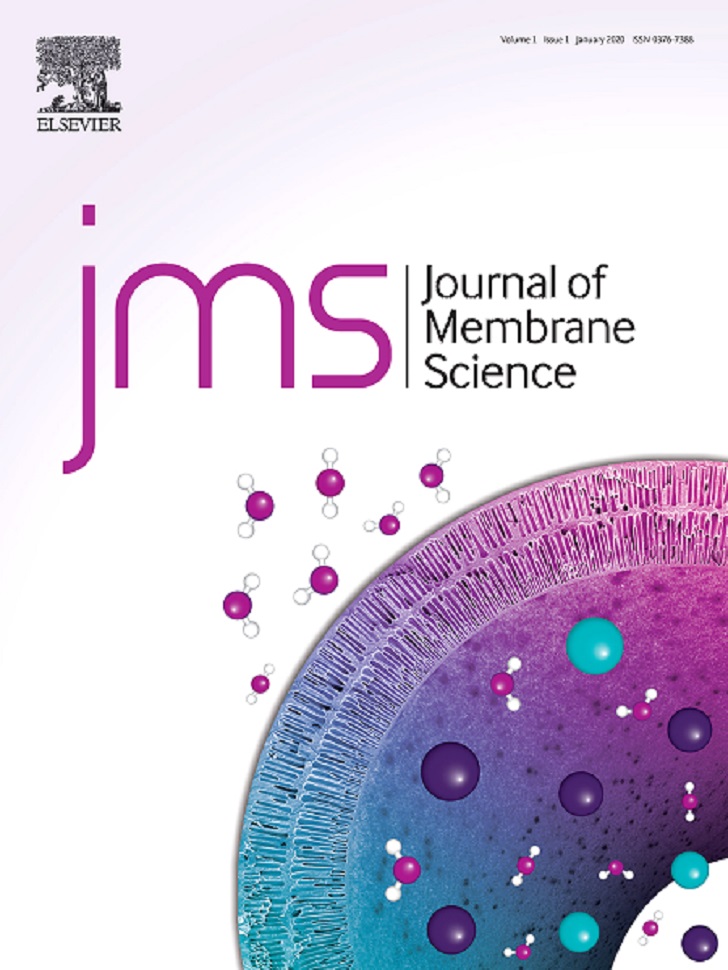
The research article 'Bipolar membranes: A review on principles, latest developments, and applications' has been published in Elsevier's Journal of Membrane Science (Volume 617, 1 January 2021, 118538).
Abstract
Bipolar membranes (BPMs) are a special class of ion-exchange membranes constituted by a cation- and an anion-exchange layer, allowing the generation of protons and hydroxide ions via a water dissociation mechanism. Such unique feature makes bipolar membranes attractive for a variety of applications in many sectors, such as (bio)chemical industry, food processing, environmental protection, and energy conversion and storage, among others. Research and development on BPMs over the past two decades have created a growing market with commercial BPMs available today from multiple manufacturers. Moreover, BPMs are rapidly gaining attention for their technical, environmental, and economical advancements compared to conventional processes for the production of acid and base, or local pH control.
This review article aims to provide an overall understanding of BPM technology by describing the current state of the art on membrane synthesis, properties, theoretical models, and applications, based on the last 70 years of scientific publications and patents in this field. Optimised BPM properties are discussed, together with a summary of the advances in BPM fabrication to attain the targeted optimised characteristics. Furthermore, novel BPM applications are presented, including a list of shortcomings of current membranes that need to be overcome to unlock new promising applications.






